Ever wondered what creatures call the Andaman and Nicobar Islands home? Tigers? Leopards? Maybe even kangaroos, since hey—it’s an island too, right?
What most people don’t realize is that beyond the white-sand beaches, nearly 90% of these islands are covered in dense tropical forests. Inside, you’ll find over 2,200 species of flowering plants, rare birds, wild animals, and marine life you won’t see anywhere else in India. This place isn’t just a holiday destination—it’s a living, breathing biodiversity hotspot.
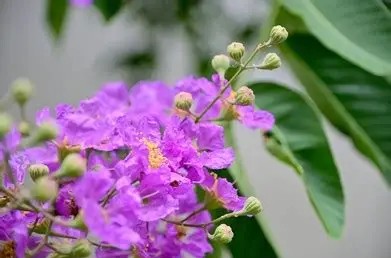
Introduction
In this blog, we’re diving into the natural heart of the Andaman and Nicobar Islands their stunning flora and fauna.
You’ll discover rare trees hidden deep in the rainforest, birds you won’t find anywhere else in India, and marine life that makes Andaman a dream for divers and nature lovers alike.
Whether you’re planning a trip or just curious about this lesser-known side of the islands, this guide will walk you through the wild wonders that make Andaman truly one of a kind.
Flora of Andaman and Nicobar
The plant life of these islands has grown in silence, shaped by salt-laced winds, dense forests, and time. What grows here isn’t just diverse it’s deeply rooted in the land’s history and rhythm.
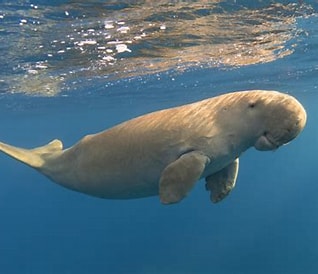

Dugongs: The national animal of Andaman
- Endemic Species
When a landscape is cut off from the rest of the world for thousands of years, something unusual happens. The plants that grow there begin to evolve in their own way, shaped by the soil, climate, and challenges of that specific environment. Over time, they become entirely unique found nowhere else on Earth. The Andaman and Nicobar Islands are full of such botanical rarities. These plants didn’t just adapt to the islands they became the islands, forming a deep part of their natural identity.
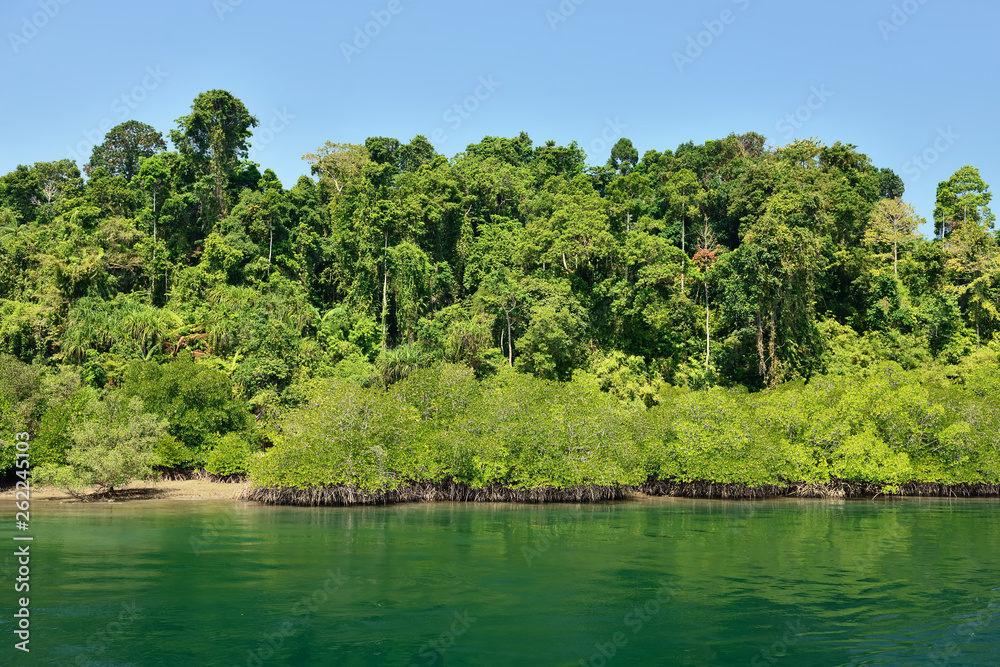
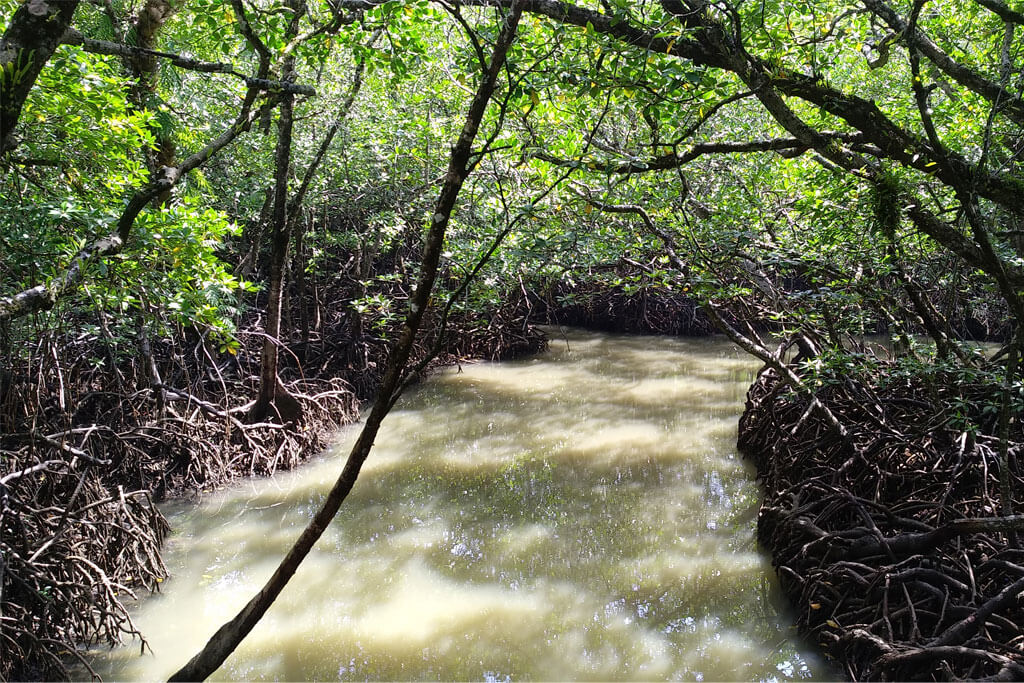
2. Mangrove and Coastal Plants.
Andaman’s mangrove forests aren’t just a pretty sight; they are the world’s most productive ecosystems and support an incredible range of life. Spread over 674 sq km, these forests are rich in species like the Red Mangrove, White Mangrove, Sundari tree, and the lesser-known Cannonball Mangrove. The Sundari is best for its hard, water resitant wood. Found mainly in coastal areas like Baratang and North Andaman, they act as nurseries for marine life and shields against erosion and works as a carbon sink.
Hidden within these forests are rare endemic plants such as the Andaman Padauk, valued for its timber, and Crinum andamanicum, a wild lily found nowhere else on Earth.
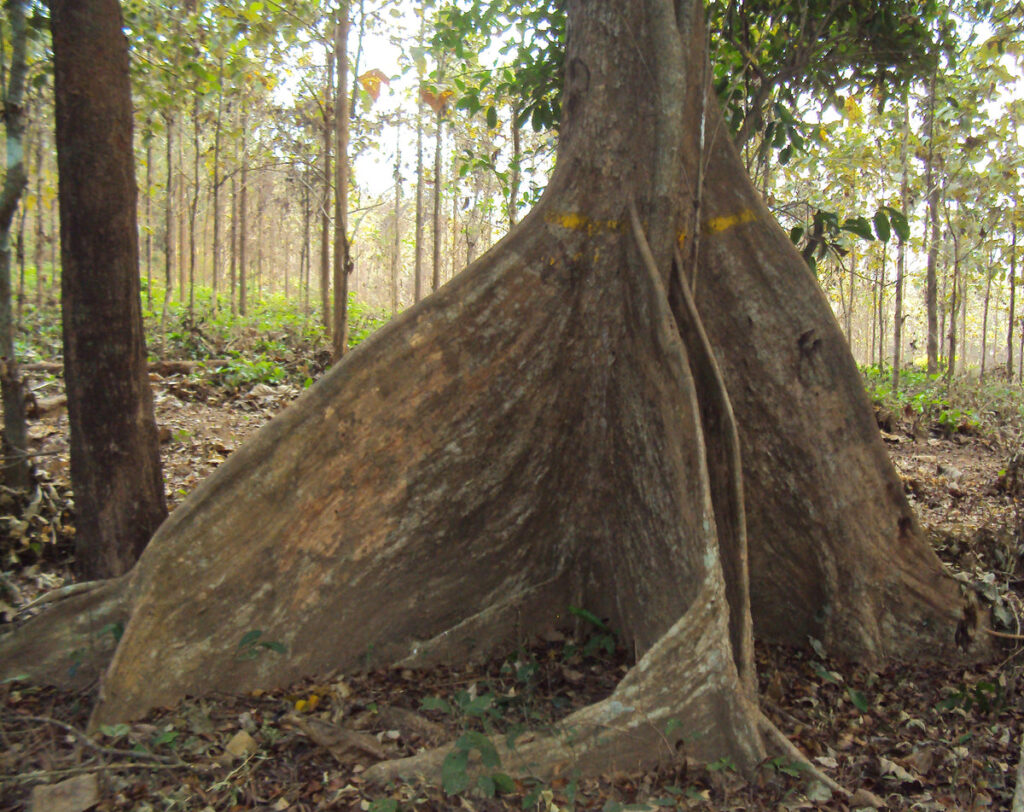
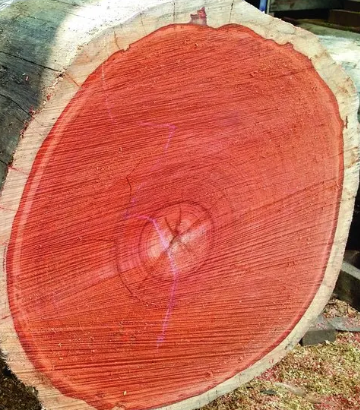
Andaman Padauk
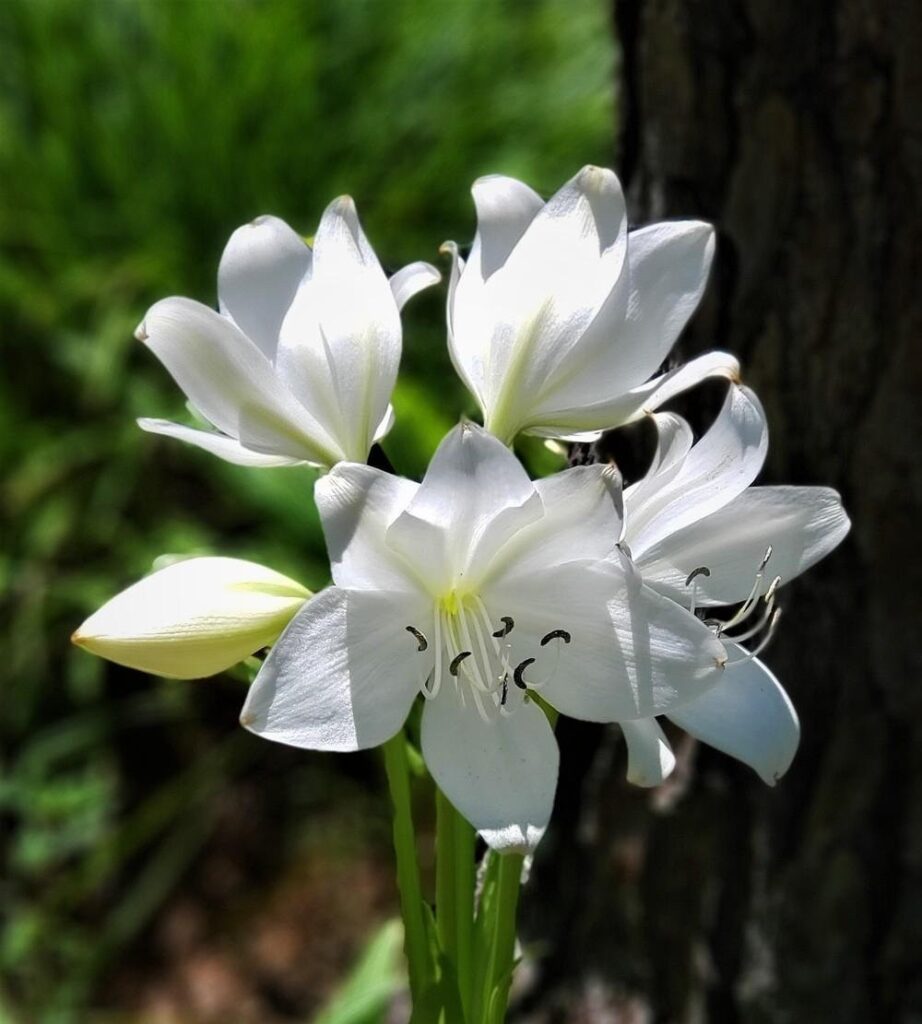
3. Rainforest and Medicinal Plants
The warm, damp air smells of wet leaves and blooming forest plants, wrapping you in the scent of wild nature the air is thick with humidity. The tropical rainforests of the Andaman and Nicobar Islands are a living archive of biodiversity, covering over 90% of the land with dense, evergreen canopy. These forests are home to more than 2,200 plant species, including nearly 200 found nowhere else in the world. From the towering Andaman Padauk and Red Cedar to the rare Impatiens and wild nutmeg, the islands offer a mix of medicinal plants, hardwood trees, orchids, and mangrove vegetation. North and Middle Andaman are especially known for their evergreen and deciduous forests, rich with species like Neem, Indian Rosewood, and the aromatic Dhoop tree.
Fauna of Andaman and Nicobar
The animals of Andaman aren’t just visitors in the wild they belong to it. From the forest floor to the coral reefs, every species here has carved out its own space in this isolated world. There are 9100 species recorded in the Islands, 1032 are endemic.
- Terrestrial Animal
The Andaman and Nicobar Islands are home to around 46 species of mammals, many of which are found only in this region. From the Andaman Wild Pig roaming dense forests to the Nicobar Flying Fox soaring over fruit trees, the islands host a variety of unique and endemic wildlife. Even in the coastal waters, rare species like the dugong, also known as the sea cow, can be spotted grazing on seagrass beds in Little Andaman and Dugong Creek.
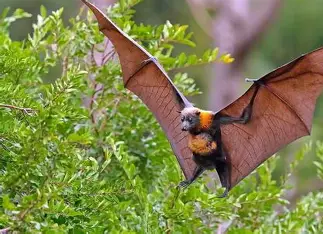
2. Birds Life
The Andaman and Nicobar Islands attract birdwatchers from around the world, hosting more than 270 species of birds, with a rich mix of both endemic and migratory species. Forests and coastal regions are home to rare birds like the Andaman Treepie, Andaman Woodpecker, Nicobar Parakeet, and the ground-nesting Nicobar Megapode. Whether you’re walking through the forests of Mount Harriet or catching the sunrise at Chidiya Tapu, birdwatching here offers a rewarding window into the islands’ unique biodiversity.
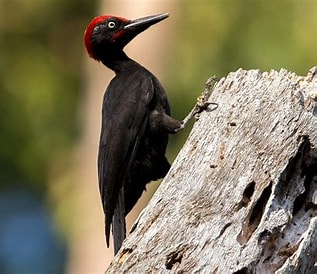
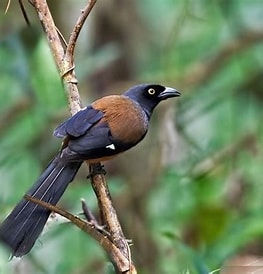
3. Marine Life
Just beneath the surface of Andaman’s turquoise waters lies a world filled with color and movement. The coral reefs here support an incredible mix of marine life—from schools of tropical fish and playful dolphins to gentle dugongs grazing on seagrass beds. These reefs are also home to endemic species found nowhere else, like the Andaman Butterflyfish. Whether you’re diving at Havelock or snorkeling off Neil Island, you’re stepping into one of the richest marine ecosystems in the country.
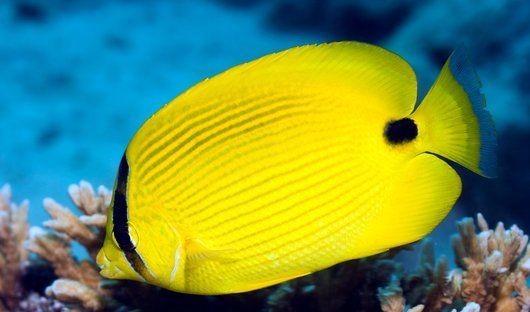
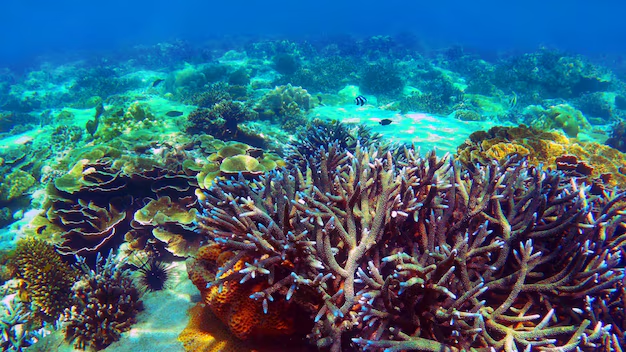
4. Endangered protected Species
The Andaman and Nicobar Islands are home to several endangered and protected species, many of which are found nowhere else. Key examples include the Andaman Wild Pig, Nicobar Megapode, and Andaman Masked Palm Civet, all threatened due to habitat loss. In nearby waters, the dugong and several species of sea turtles, like the leatherback and hawksbill, are also under protection. These species are safeguarded through national parks and marine reserves to help preserve the islands’ unique biodiversity.
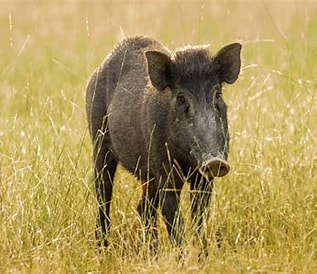
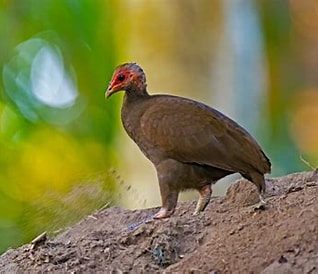
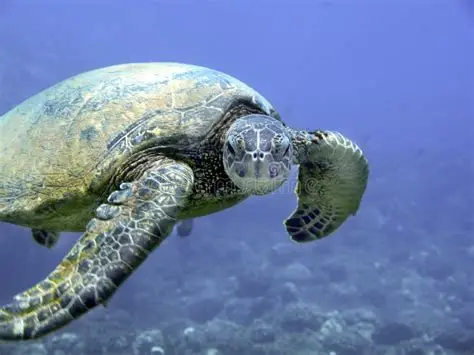
Conclusion
The Andaman and Nicobar Islands aren’t just about beaches—they’re a living showcase of rare plants, wild forests, coral reefs, and species found nowhere else on Earth. From the dense rainforests to the shallow seagrass beds, every layer of this landscape tells a story of evolution, isolation, and resilience.
If you’re curious to explore more, check out our blog on [History of Andaman & Nicobar] and learn the rich history of Andaman and Nicobar from ancient time to Independence. You might also like our post on [Tribe of Andaman & Nicobar] to discover how you can experience this biodiversity up close without harming.
